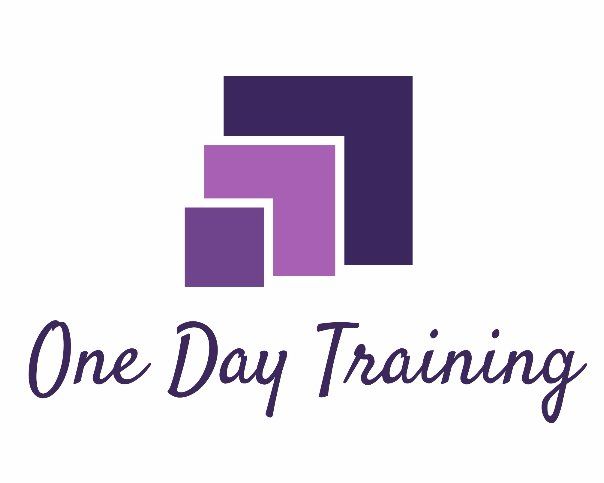Even for small projects, a risk register is a must

It would be fun to think that we can remember everything about a work project. All the details about the scope, schedule and costs. Most of us have no hope of remembering the details. This is why good project managers create and maintain a register of some sort for the various management activities throughout the project lifecycle.
A risk register is a really useful one. It captures the details of the identified risks, the output of any qualitative or quantitative risk analyses, risk response/mitigation and allows a process to be followed for deciding on the impact and likelihood of the risk happening.
Typically, each risk would be giving a number so that you can track it. The risk is described in detail. You may even want to provide detail on the likely causes and effect of the risk. Included in my risk register is a person assigned as the risk owner, mostly me as the project manager, but on occasions it may be someone else in the organisation.
For each risk, an analysis is done using a grid, impact and likelihood is discussed during a risk workshop to establish the importance of each risk. Next, we brainstorm the likely mitigation or risk responses for each risk. Usually there is more than one mitigation activity. Once we have exhausted all the useful mitigation ideas, then we re-score the impact and likelihood. Sometimes we can make a change to the impact other times it can be a change to the likelihood. We list our final risk rating as the last part of the risk register.
Here’s an example of the headings I would use in a MS Excel spreadsheet risk register:
- Number / Risk Owner
- Risk
- Detail
- Likelihood
- Impact
- Initial risk rating
- Mitigation Activities
- Post Mitigation Likelihood
- Post Mitigation Impact
- Final Risk Rating
- Status (Open, Closed)
I know there are systems out there that are specifically designed to help with risk recording, but for most simple projects a spreadsheet will do the job.
Here’s an example of a risk scoring table. Note that there would also be an accompanying risk dictionary (an explanation of what each of the headings means specific to that company or industry).
For help running a risk workshop, contact Carol@onedaytraining.co.nz
Ideas, views and other weird stuff. Search the blog:











